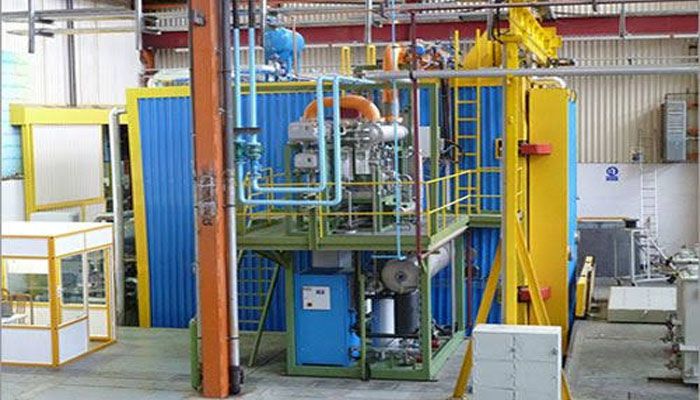Vapor phase drying is a highly efficient method of drying products or materials using heat energy in a controlled environment. This process involves the use of steam or superheated steam to remove moisture from the product, resulting in a dry and high-quality end product. A vapor phase drying plant is a specially designed facility that utilizes this method to dry various materials at a large scale.
Setting up a vapor phase drying plant requires careful planning and consideration of several
factors. These factors include the type and volume of materials to be dried, the required
drying capacity, available energy sources, and environmental regulations. Once these factors
are taken into account, the plant layout and equipment selection can be determined.
The process of vapor phase drying typically involves the following steps:
- Preparing the material: The raw materials or products to be dried are initially prepared by
removing any impurities or contaminants that may affect the final drying process.
- Loading the material: The prepared material is then loaded onto trays or racks in a
specially designed drying chamber. The material should be arranged in a way that allows for
uniform drying and efficient use of space.
- Generating steam: Steam is generated in a separate boiler, typically fueled by natural gas,
electricity, or other energy sources. The steam is heated to a predetermined temperature and
pressure for optimal drying efficiency.
- Introducing steam into the drying chamber: The superheated steam is introduced into the
drying chamber, creating a high-humidity environment. The steam surrounds the material,
providing latent heat to vaporize the moisture within the product.
- Drying process: The heat energy from the steam is transferred to the material, causing the
moisture to evaporate. The evaporated moisture then combines with the steam, creating a
vapor phase. The vapor phase is continuously circulated throughout the chamber to ensure
even and thorough drying.
- Condensation of moisture: As the vapor phase circulates, it eventually reaches a cooling
section of the drying chamber, where the moisture condenses back into liquid form. This
condensed moisture is collected and removed from the system.
- Monitoring and control: The drying process is closely monitored and controlled to ensure
optimal drying conditions and to prevent over-drying or product damage. Parameters such as
temperature, humidity, and residence time are constantly monitored and adjusted as needed.
- Unloading the dried material: Once the drying process is complete, the dried material is
unloaded from the drying chamber and transferred to packaging or further processing.
In summary, a vapor phase drying plant is designed to efficiently and effectively remove
moisture from materials using superheated steam. The setup and process involve careful
planning, consideration of various factors, and close monitoring and control to ensure high-
quality dried products. By employing this drying method, manufacturers can achieve superior
drying results with reduced energy consumption and improved product quality.
